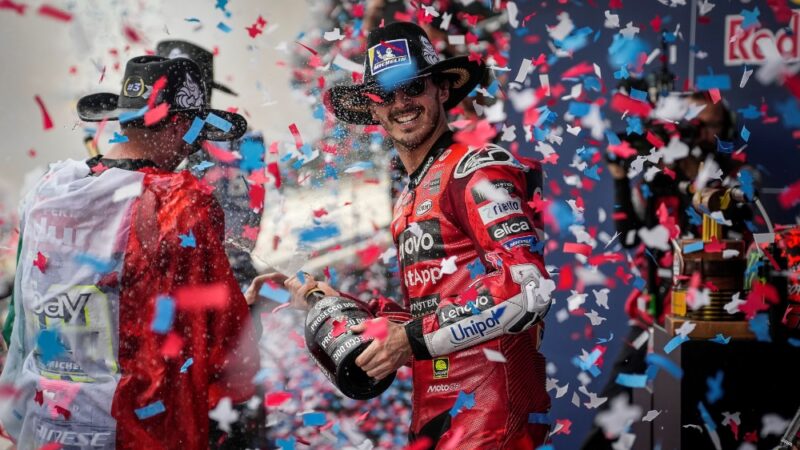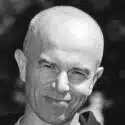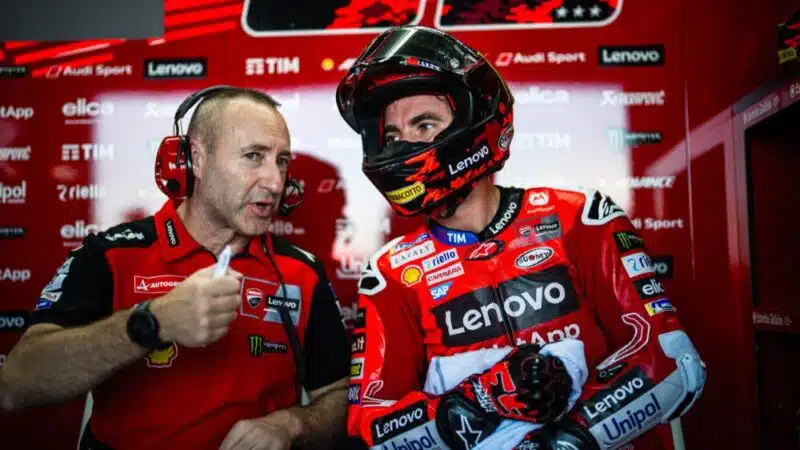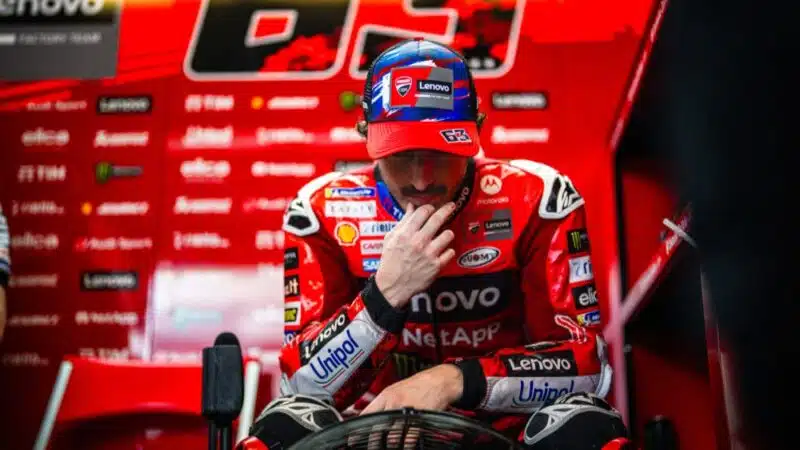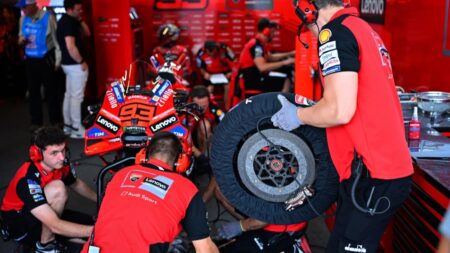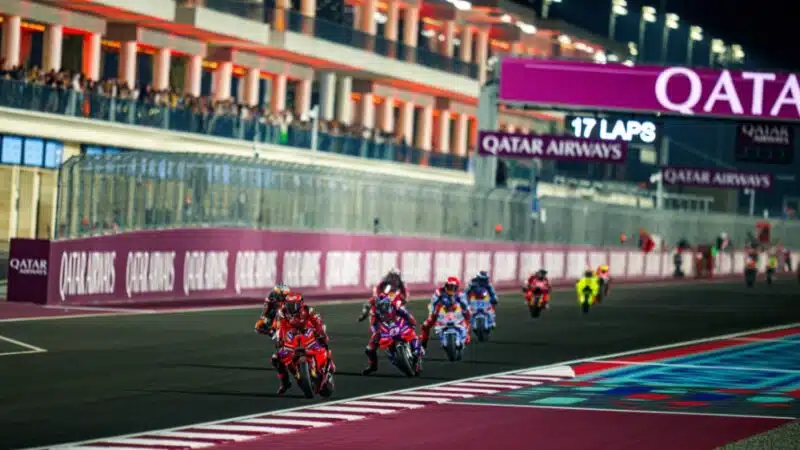Riders need the rear wheel to keep spinning as they attack corners, because if it stops, they’ll be in trouble, so even though they shut the throttle during braking, the fuel injection’s throttle butterflies don’t close fully, so the rear wheel keeps turning.
As riders get closer to corners, they progressively release the front brake, which returns load to the rear tyre, so the maps can afford to further close the throttle butterflies to increase engine-braking, without locking the tyre.
That’s the basics, then it’s up to engineers to tailor the feel and performance to their rider and finally it’s up to the rider to finish the job, compensating for any imperfections.
What will happen this weekend in Qatar?
One theory suggests that Bagnaia is king of the desert track, while it’s Márquez’s bogey circuit, so this could be the start of the 2022/2023 champ’s fightback.
Certainly, the Losail layout really flows, so it would seem to suit Bagnaia’s swooping riding technique, but in fact he’s only scored one MotoGP victory there, last year.
Which is better than Márquez, who has been there many more times but has also only won a single Qatar MotoGP race, way back in 2014.
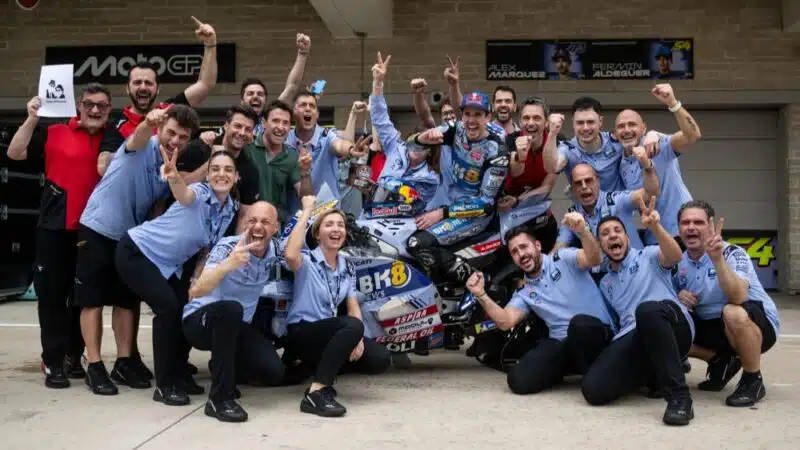
On top of the world! Alex Marquez and his Gresini crew celebrate leading the championship at COTA
Gresini Racing
Márquez has never really liked Losail, because his riding technique is less about the flow and more about the stop-and-go: full brakes to the apex, sling the bike on its side, then hoick it upright and give it a big handful of throttle.
At least that was his riding technique. Everything has changed since Márquez quit Honda and climbed aboard a Ducati, which makes the lap time using the rear tyre, not the front. That’s why he now looks so much more conventional when he’s riding – smoother and more flowing than he was on the Honda.
Last year’s Qatar GP was his very first race on a Ducati. He finished fourth, 3.4 seconds behind Bagnaia, a loss of 0.16 seconds per lap. And it’s important to remember that he rode a GP23, which hated the new rear tyre, while Bagnaia rode a GP24, which loved the tyre.
